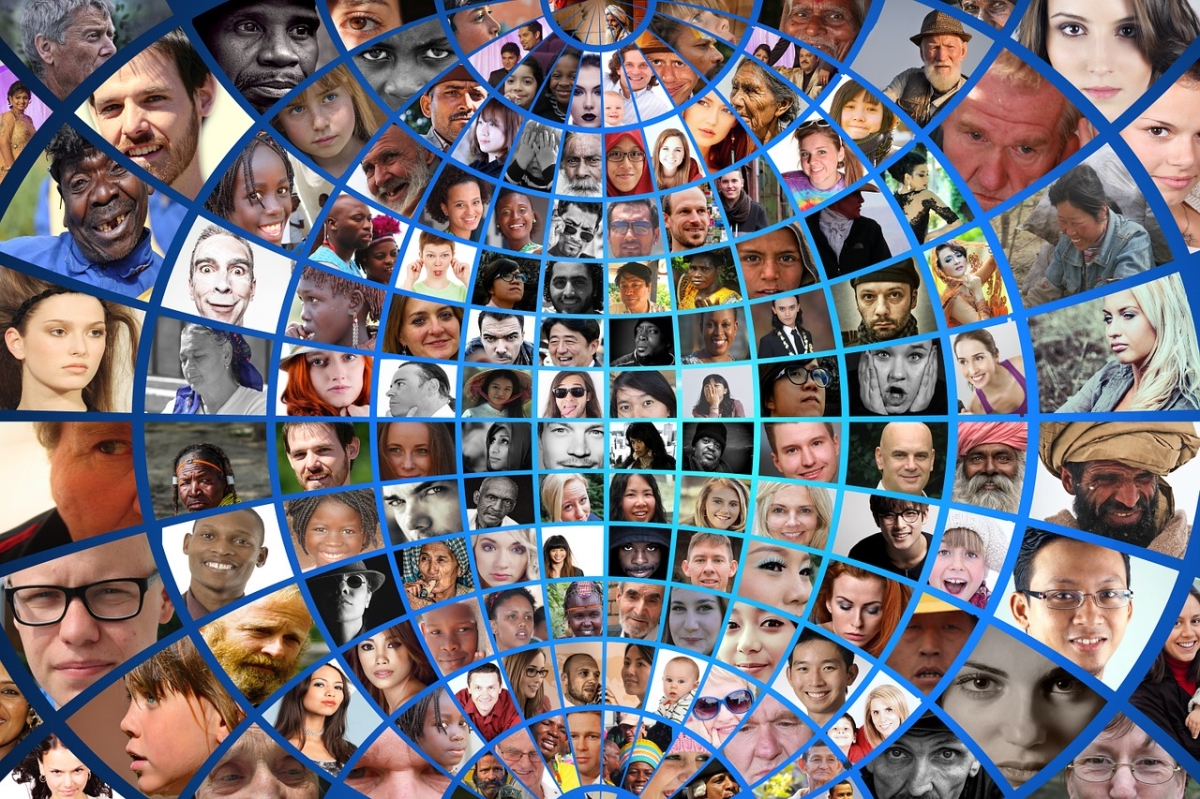Diversity, Equity, and Inclusion (DEI) is the most recent term to describe corporations’ ongoing efforts to leverage the Diversity in their workforces. DEI includes serving the increasingly diverse population of the United States and the world.
Successful Diversity, Equity, and Inclusion Efforts are Fueled by Cultural Competence
DEI and its predecessors—Diversity, Diversity Management, Diversity and Inclusion—are all built on the foundation of cultural competence. The Center for Culturally Fluent Leadership, LLC (CCFL) defines cultural competence as the ability to work with and for diverse cultures.
We see Diversity, Equity, and Inclusion as essential, complementary terms. The three strands together make a powerful rope. Cultural competence is the process and toolkit that enable successful programs to use this rope to pull their organizations forward.
Corporations and other organizations define DEI and cultural competence in response to their unique values, vision, mission, and circumstances. Definitions must be thoughtful and rigorous so that organizations can measure their progress towards DEI goals. CCFL’s current definitions for DEI (below) are based on the research literature and over 50 years of collective experience with a diverse group of clients.
Diversity
Workforce Diversity means having employees and leaders at all levels from cultural backgrounds that reflect, or represent, the company’s customers and potential customers.
Diversity creates the potential for improved organizational performance by bringing talent from different cultural groups and life experiences into the same organization.
Equity and Inclusion turn that potential into actual improved performance.
Equity
Equity means creating equality of opportunity for employees from all cultural groups throughout the employee life cycle—Recruitment, Advancement, Retention, Evaluation, Exit, and Re-Entry (RAREER).
This requires focused attention on employees from cultural groups which have been, and are being denied opportunities due to bias and discrimination.
Creating impartiality requires acknowledging and addressing unconscious and conscious bias and any resulting discrimination.
It requires simultaneously addressing discrimination at four levels:
- Individually Mediated
- Institutional
- Internalized
- Structural
Bias and discrimination against some groups advantages others. White privilege and male privilege are two examples. Being fair and impartial requires addressing privilege and discrimination simultaneously.
Inclusion
Inclusion means welcoming, celebrating, and leveraging the value brought by members of different cultural groups. Ultimately, inclusion is measured by how employees from various cultural backgrounds feel about their environment and how they are treated at work.
DEI in the Real World
Diversity, Equity and Inclusion are all visionary, ideal terms.
Therefore, no corporation can expect to have its entire workforce reflect the stakeholders it serves. However, the benefits of Diversity require that corporations continue to pursue Inclusion and Equity as well. These benefits range from increased innovation to better financial performance.
Pursuing Equity within a corporation requires combatting bias, inequities, and resistance in the company and beyond. Without these efforts, Diversity and Inclusion efforts create a revolving door. Quality candidates leave when disappointed with promised fairness that does not happen.
When employees recognize their employer’s commitment to DEI, and to their workforce, they are willing to go above and beyond others who are simply drawing a paycheck.
Equitableness seems to be the hardest element for corporations to address. Corporations including HubSpot, United Airlines, and Uber commit to addressing Diversity and Inclusion and omit Equity.
Google, it seems, plays it half way:
Diversity, equity, and inclusion are business imperatives for Google. They improve outcomes for our employees, our products, and our users. That’s why we are building on last year’s enhanced strategy, with clear lines of accountability for Google’s leaders. We are committed to a set of goals to increase workforce representation and to create a more inclusive culture.
It seems “Equity” got lost between the first and last sentence of the paragraph.
To be fair, Google presents data on its efforts towards equitable outcomes in areas including leadership hiring and attrition rates. These do not represent a commitment to Equity by the Center’s definition: “acknowledging and addressing unconscious and conscious bias and resulting discrimination.”
Cultural Competence
Cultural competence is the set of tools that individuals and organizations use to advance Diversity, Equity, and Inclusion. The Center defines cultural competence as the ability to work with and for diverse cultures. Cultural competence can be defined and measured in organizations and in individuals.
Culturally Proficient corporations have achieved the highest level of organizational cultural competence. These organizations consistently use their culturally representative workforce, staff training and development, and other methods to analyze and respond to feedback from key stakeholders including customers, employees, and shareholders.
Individual cultural competence is defined through elements (ASKED):
- Cultural Awareness
- Skills
- Knowledge
- Encounters
- Desire
Any individual’s level of cultural competence can be measured in each of the five elements, and as a holistic measure.
Culturally fluent leaders use their culturally competent Behaviors to lead by example. Simultaneously, these leaders expect and reward culturally competent Behaviors from their followers. They move from ASKED to BASKED.
In Conclusion
Individual and Organizational Cultural Competence are tools that enable corporations to advance towards their Diversity, Equity, and Inclusion goals.
DEI initiatives and Cultural Competence tools must be used in tandem to produce measurable results. Maximum impact is achieved when the tools are integrated with the corporation’s strategic initiatives.
Corporations are at very different places on their DEI journeys. All should recognize that DEI is a journey, not a destination. For that reason, cultural competence tools are essential to measuring and sustaining progress during that journey.
Follow Beau Stubblefield-Tave, CCFL Managing Principal on LinkedIn, and via Twitter at BroBeauGriot.
